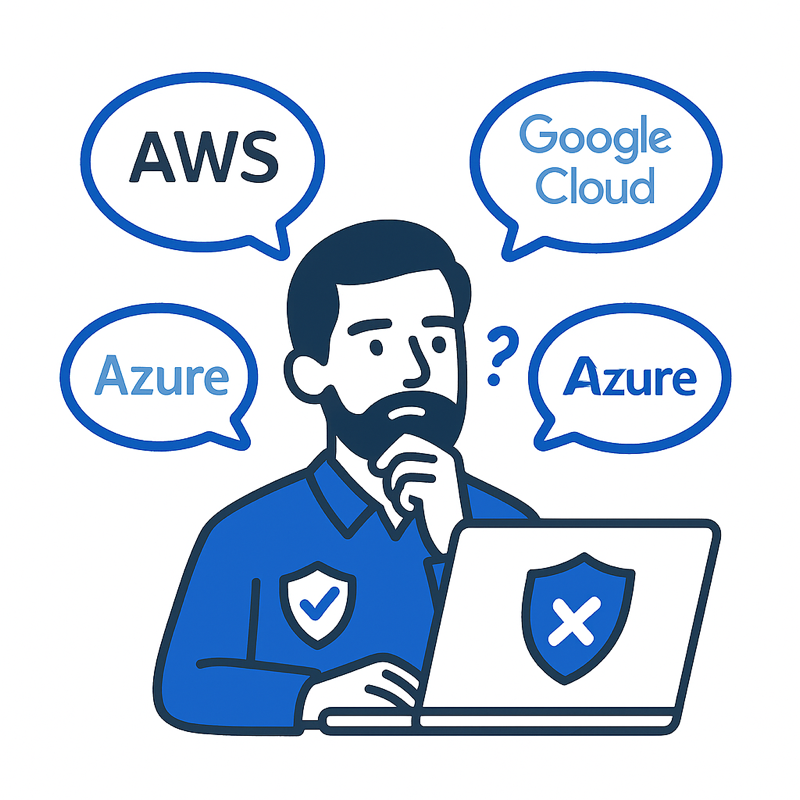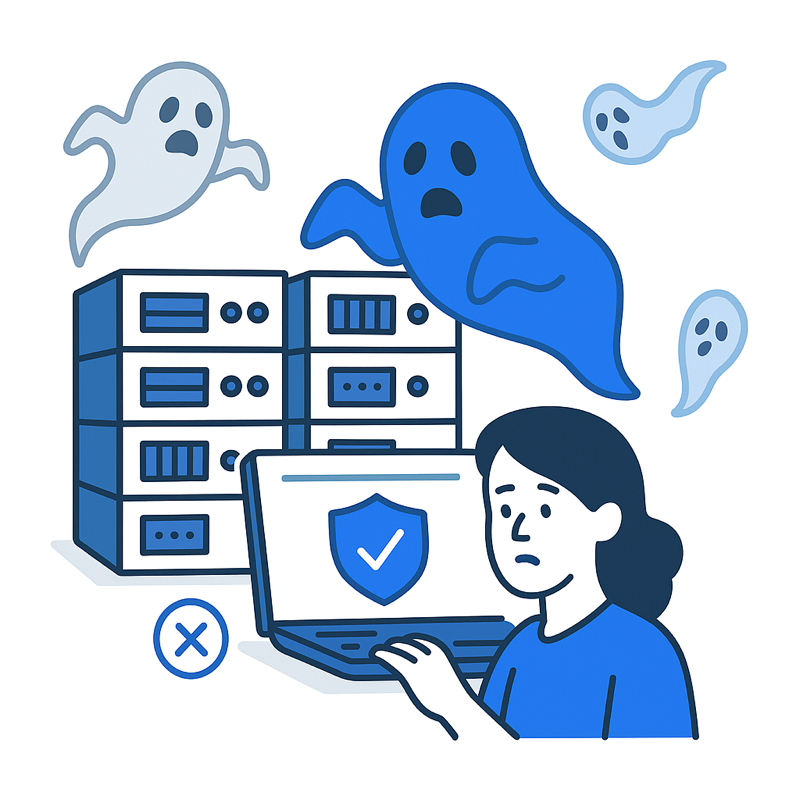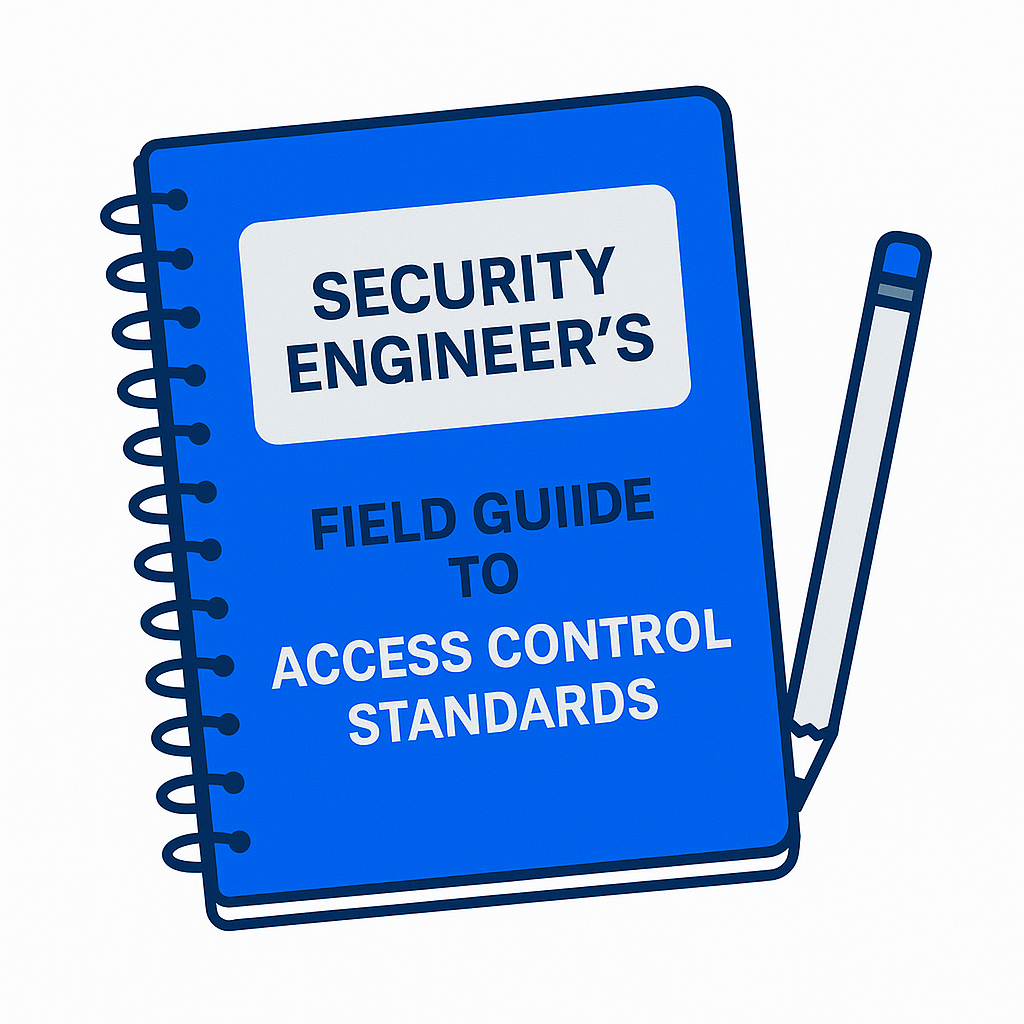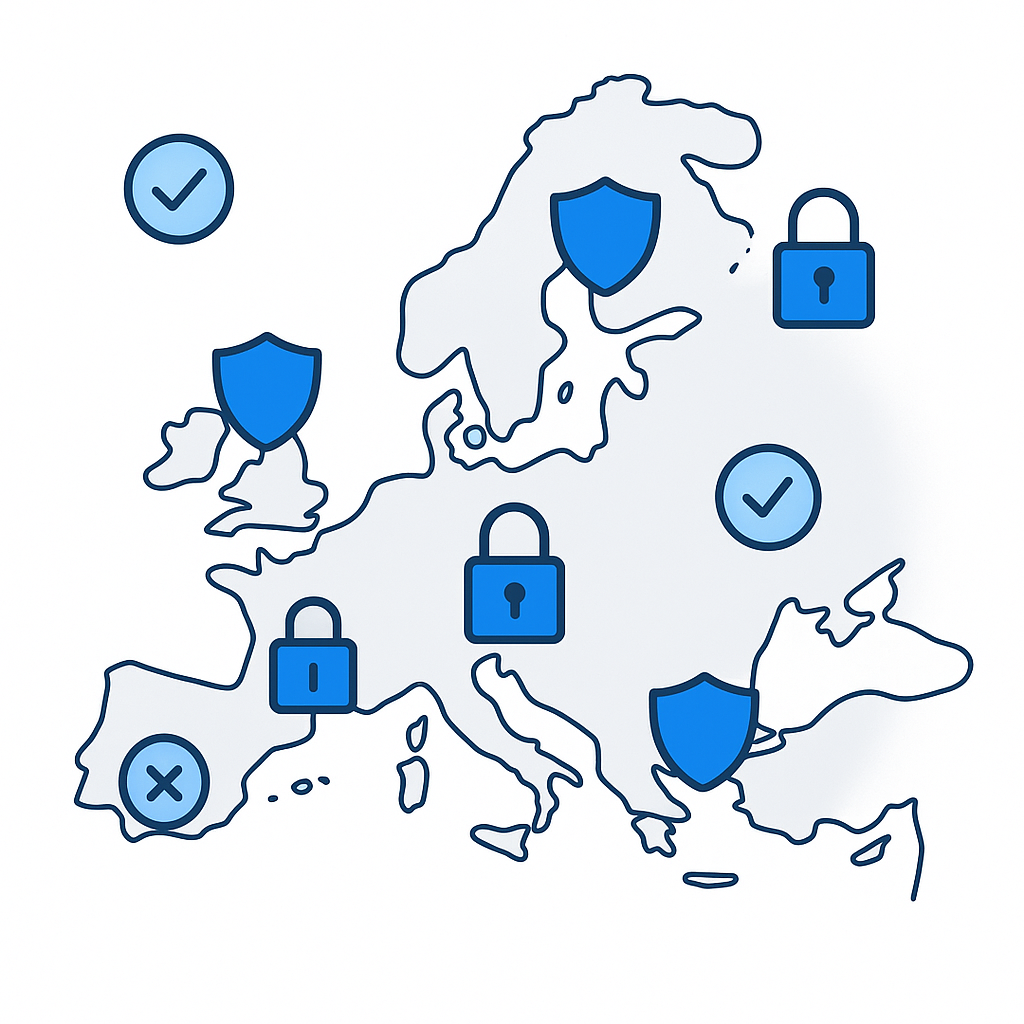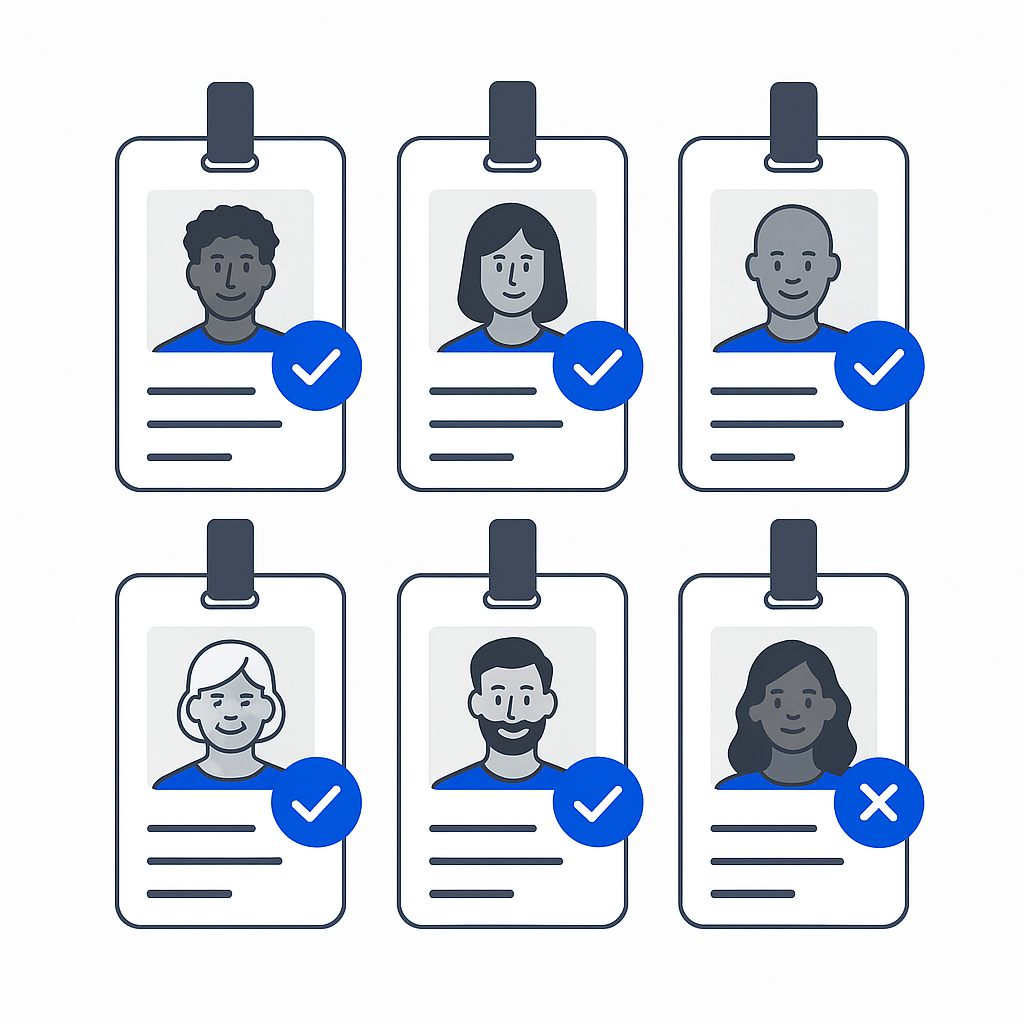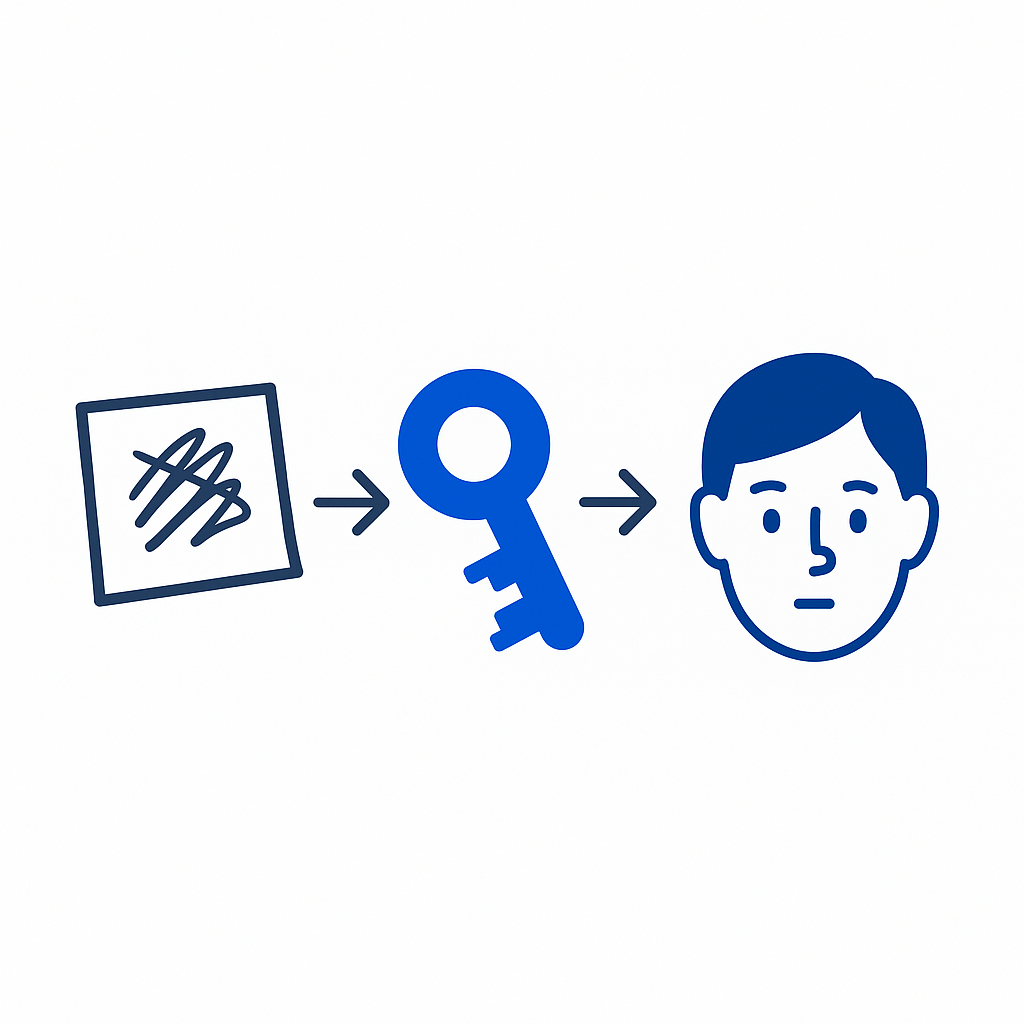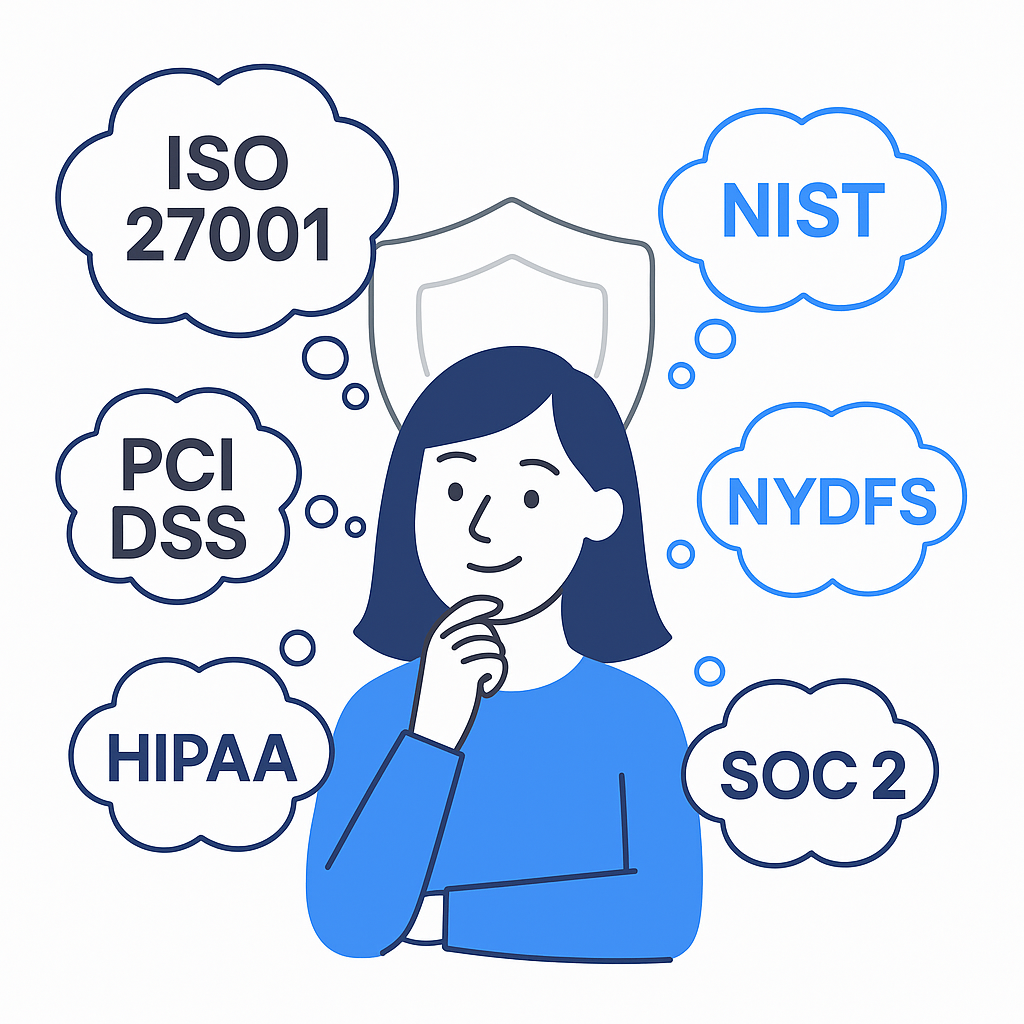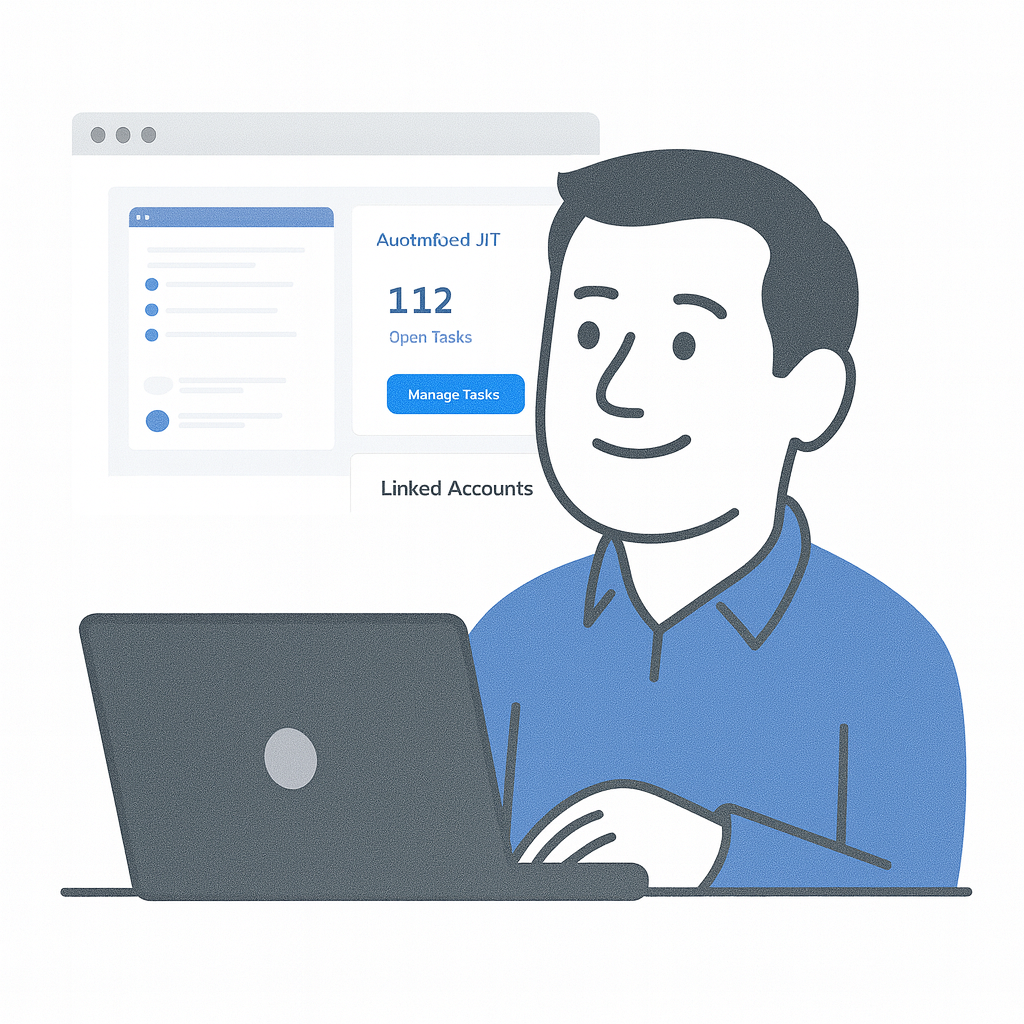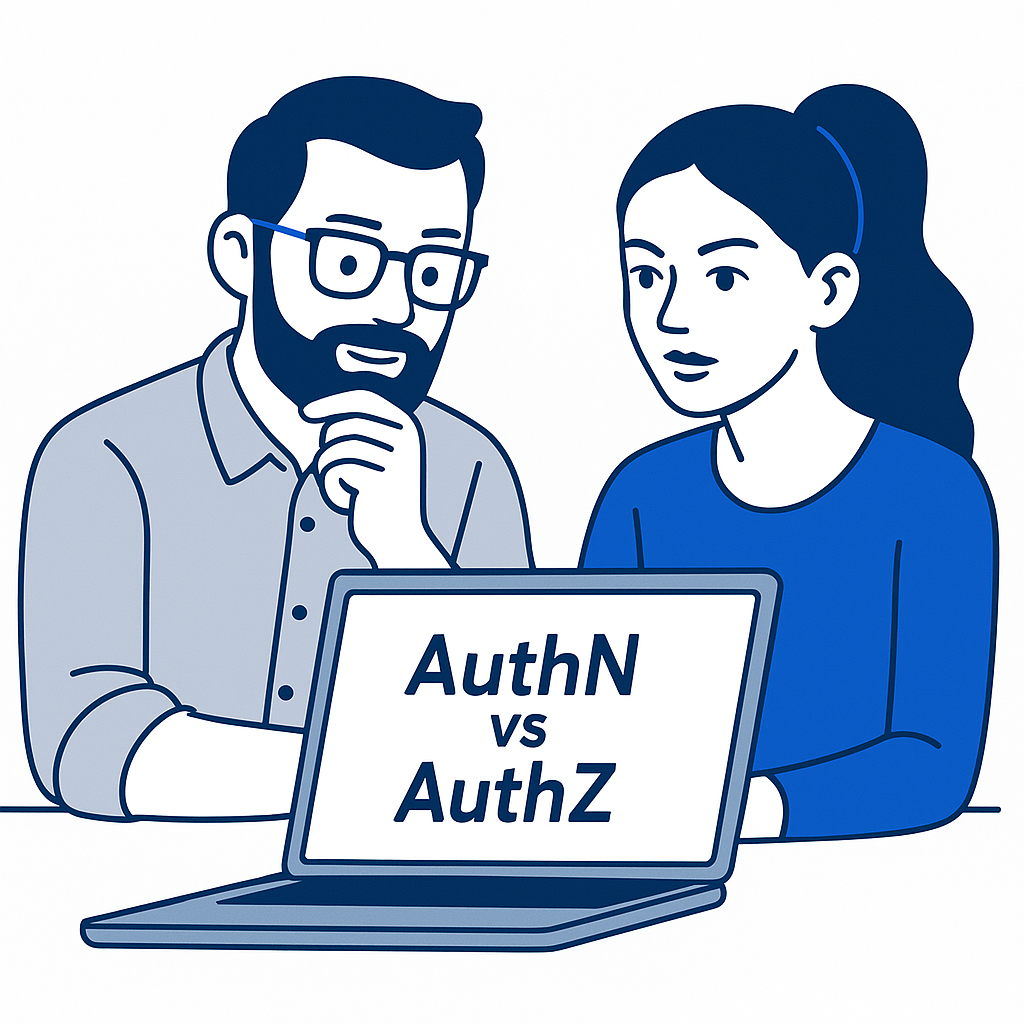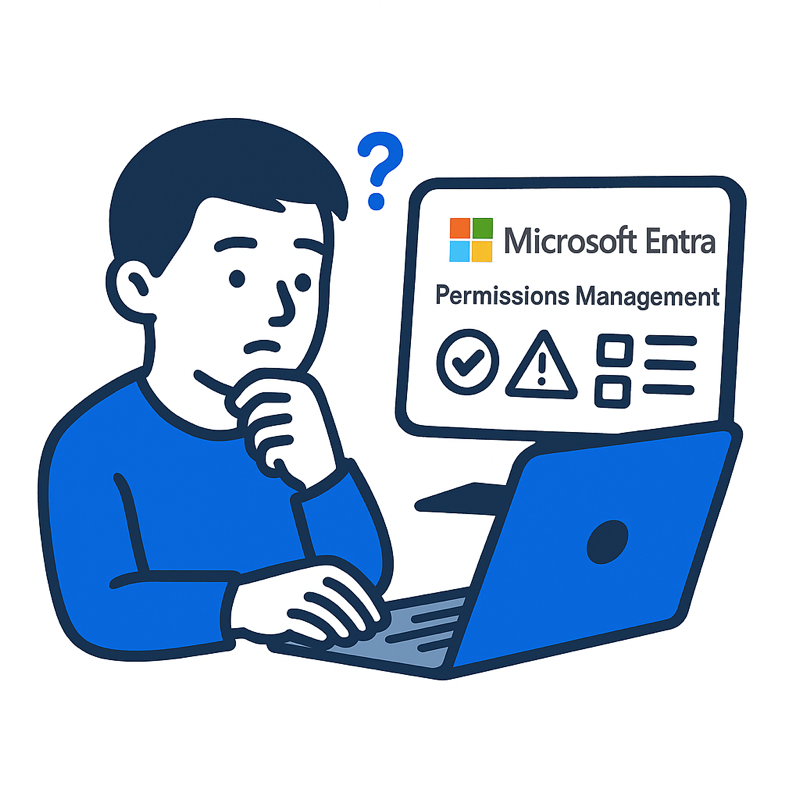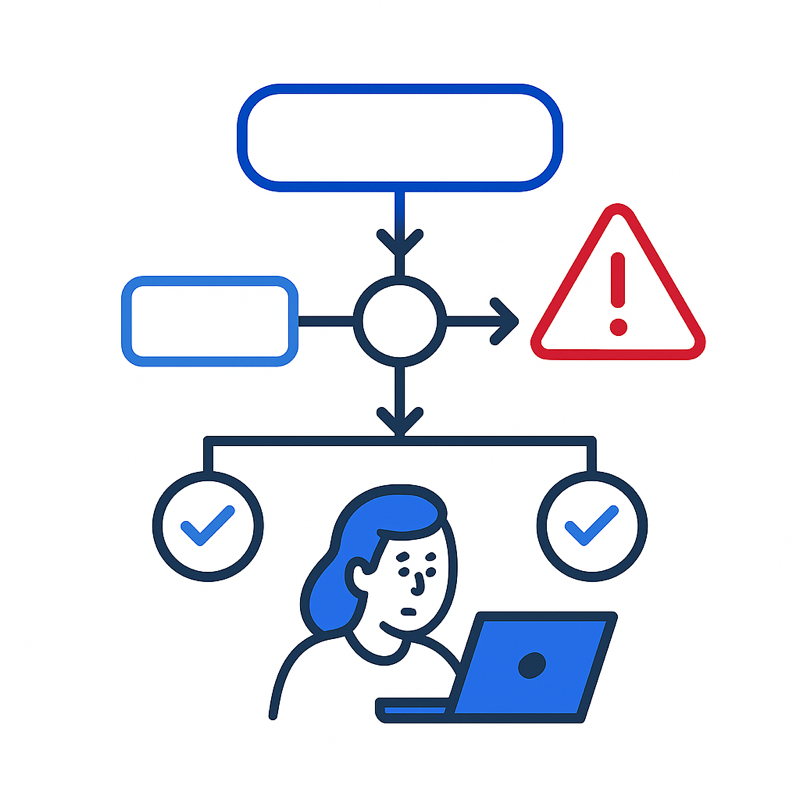The Challenges & Best Practices for Multi-Cloud Security
Working in cloud security today feels like babysitting a set of triplets, each with a different personality, faddy diet, and sleep schedule. AWS demands precise IAM roles. Azure insists on directory groups and conditional access policies. Google Cloud? It smiles sweetly and then hands you a permissions model written by abstract mathematicians. Individually, they’re complex. Together, they’re chaos in a t-shirt that says “multi-cloud strategy.”
Most modern businesses don’t pick just one cloud anymore. They mix and match, by accident or by design, driven by price, availability, vendor relationships, or the ever-popular “that’s what our last CTO signed up for.” The result? A fragmented identity and access management landscape where the only constant is confusion.
And in the middle of it all, there’s access, standing tall, always-on, and wildly over-permissioned.
Just-in-time (JIT) access offers a compelling answer. But enabling it across multiple clouds isn’t just a technical problem, it’s a political and architectural one. To do it right, you need to unravel a knot of inconsistent policies, mismatched audit trails, and siloes of fragmented context.
Why Always-On Access Doesn’t Belong in Multi-Cloud Environments
Permanent access in a single cloud is already risky. A long-lived credential or overly generous IAM role can be exploited for months before anyone notices. Add a second cloud, and you double your attack surface. Add a third, and you’re running a digital escape room where solving one clue unlocks everything.
Multi-cloud security isn’t just about breadth; it’s about blind spots. What one platform logs as a user session, another logs as an API call. One provider might alert you when a privilege escalation occurs, while another lets it slip quietly through the logs like a polite intruder. Standing access across these platforms is like giving skeleton keys to interns and hoping nobody opens the wrong door.
This is where just-in-time access comes in. The idea is simple: provision access only when needed, and remove it when it’s not. But, simple ideas tend to unravel when stretched across three ecosystems and five different teams, all with different tools, vocabularies, and international cybersecurity standards.
The Real Challenge: Identity Fragmentation
Each cloud provider has its own identity plane. AWS leans on IAM roles and policies, Azure relies on Entra ID (formerly Azure AD), and Google likes to pretend its “principals” and “bindings” are intuitive. News flash: They’re not.
The result is terminally predictable. Every team ends up managing identities their own way, using their own consoles, scripts, and manual reviews. You get duplicate accounts, unmanaged service principals, and third-party access that was granted during an outage and never revoked because, well, who even remembers it was there?
And that’s before you count the non-human identities. The CI/CD pipelines. The bots. Those helpful new AI security headaches. The billing integrations. The dusty Terraform service accounts from the intern who left last January.
JIT access across clouds only works if you can unify these identities into something coherent. That doesn’t mean forcing every account into a single directory. It means abstracting the access decisions away from the cloud platforms and into a shared control plane. One that understands context, enforces policy, and can revoke privileges everywhere with a single click—or better, automatically.
Approvals Need to Travel Faster Than Attackers
Time-limited access is great. But if it takes half a day to get a permissions request approved across two cloud providers and four security teams, your engineers are going to find “creative” workarounds. Like using their colleague’s credentials. Or just editing the Terraform file to sneak in that one extra permission.
For just-in-time access to work at scale, approvals must be frictionless, fast, and consistent, regardless of which cloud the resource lives on. That means pushing access workflows where people already work, such as Slack, Teams, and ticketing systems. It means having clear policies for what gets auto-approved, what needs manual sign-off, and what should trigger alarms loud enough to make the SOC jump.
Crucially, it means logging everything. Every request, every approval, every revocation. Not only for compliance, but also for accountability. In multi-cloud environments, you need to be able to answer the question “who had access to what, when, and why” in under a minute, not after a two-week audit slog.
The Myth of “Set and Forget”
One of the biggest traps in cloud access management is the false sense of security that comes from complex policies. “Our IAM structure is very granular,” someone will say, proudly pointing to a sprawling JSON document that hasn’t been updated since the last re:Invent.
But static complexity is not dynamic security.
Cloud environments change constantly. New regions spin up. New resources get tagged. Teams restructure. Vendors get added. If your access policies don’t adapt, they become liabilities dressed as documentation.
A true just-in-time model for multi-cloud security relies on continual reevaluation. It means checking whether access is still needed. It means knowing your orphaned accounts. It means automatically revoking access not just after a time period, but when context changes, like the user switching teams, projects ending, or leaving the org.
This level of dynamism requires automation, intelligence, and yes, trust in a system designed to handle the nuance of access without turning into a game of Clue every time someone needs to SSH into a container.
Best Practices (That Aren’t Painful)
Start by mapping who has access to what, across all clouds. It will be ugly. That’s fine. Visibility is always the first uncomfortable step toward security. Once you know where the access is, identify the standing permissions that could become temporary.
Then, introduce expiration as a default. Not just for user accounts, but for service credentials, keys, and vendor integrations. If it can be rotated, rotate it. If it can be time-scoped, do it. If it can be requested and reviewed, automate the review. The faster you make ephemeral access the norm, the faster your cloud becomes inhospitable to attackers.
And always make it easier for developers to do the right thing than to work around your controls. No one wants to read a policy PDF. They want a button in Slack that says “Request access for 1 hour to the staging database” and a bot that handles the rest.
If you need a fast (with setup in around thirty minutes), painless, and cost-effective platform solution, drop us a message, and we’re happy to chat. We have this covered.
Why All of This Actually Matters
We talk about cloud like it’s infrastructure. But really, it’s people. It’s people asking for access, giving access, and forgetting to revoke access. In multi-cloud environments, where complexity is the default, access is the most dangerous thing you can forget about—and the most powerful thing you can get right.
A just-in-time model built for multi-cloud security doesn’t just stop threats. It makes life easier. It clears the noise, enforces policy, and builds a foundation of trust based not on perimeter defenses, but on smart, temporary, auditable access.
Because at the end of the day, it’s not the clouds that get you. It’s what’s hiding in them.
Want help operationalizing this? The Trustle platform is built specifically to unify identity, streamline access, and automate just-in-time workflows across AWS, Azure, Google Cloud, and more. We don’t require you to tear everything down. We slot into your existing systems and turn standing access into a thing of the past.
Sleep better. The keys are no longer under the mat.




